I have a question for you. When is the last time you redesigned your website? Do you recall how your website project went? I’m going to take a gamble here and guess that it could have gone more smoothly.
That’s a safe bet, since more website projects seem to fall into the “could have been better” category.
And because of this, Elements has spent quite a bit of time this past year figuring out how to make our website processes easy for you, our clients, and more streamlined for us, the design agency. We examined, pulled apart, discussed, and interviewed our clients on our past process. Taking what we learned and discovered, we created a streamlined way to work collaboratively on website projects. A better way. We then tested our theories, tweaked it some more, and eventually landed on a solid, proven website design and development process that works beautifully for everyone.
We invested all this effort because it was worth it – we realized that website projects can succeed or fail depending on the process an agency uses. We needed to get this right.
Designing or building a website no small feat. It is a complicated and time consuming endeavor. And while I cannot dive into every detail of our streamlined plan, I can give you the thirty-thousand foot superhero view.
Below I have outlined the highlights of how our process is organized and describe the steps along the way. It is in no way complete. But, if you are planning your company’s website project, having our tried and true outlined process before you begin can give you superpowers – or at the very least, make you super organized and prepared. Cape and tights optional.
Step One: Planning & Organizing Your Team
We begin with identifying the business objectives and how we can best accomplish those objectives as a team. We need to identify and answer a lot of questions such as defining our audience, determining what our content will be, who will responsible for which moving parts and assigning tasks.
This step may take one to two weeks pending the availability of our team to meet altogether.
Step Two: Building A Foundation
Here is where we make our decisions about how our website will function. At the conclusion of this step, we have an exact blueprint. No design decisions are made during this phase. We work on the site architecture and establish page content and organization, decide upon your calls-to-action, metadata should be determined and a plan for your third-party integrations needs to be agreed upon. This document then becomes the backbone of your project so ensure that everything that is to be included in your website is included in the foundation document.
This stage will take some time to create and pull everything together. Give yourself a few weeks for this step which may overlap with Step One. We do not, however, move onto Step Three until Steps One and Two are completed.
Step Three: The Design
Just as the Step 2 focused on the information and site architecture, this step will establish how we will translate all of that visually into what the user will see and experience. We begin, as we do with most of our creative projects, by creating a moodboard which will determine the design direction of the site. Moodboards visually gather our thoughts on the look and feel of the design – colors, typography, images, etc. Once we have consensus on the design direction, we begin to layout the templates or page structures of the site.
This step can take anywhere from two to four weeks, depending on the size and complexity of the site.
Step Four: The Content
This is one of the most important steps in a website process and often the step that can hold up the process. Once the website architecture has been completed, and you know what your navigation will look like, its time to get your content in order. Actually, this can and should be started as early as you can, although most Clients find it helpful to see the architecture of the website so they know what content they need to provide. It’s time to write that “About Us” copy, update the staff bios, write those product descriptions and get your content ready to go. It’s also the time to think about images. Will you be using stock? Do you plan on having a photo shoot to use your own images? While it’s possible to put in placeholder images during the design, its important to think about the imagery you currently have, as well as the images you will need, when moving through these first initial steps. Of course, content can be edited and images can be swapped, but we recommend going into the design phase knowing the content you need, and planning on having a majority of the finalized content ready to be placed once a design direction has been decided upon.
We’re saving the best for last. We have the three final steps of our process coming in our blog post next week – stay tuned!
~Amy




